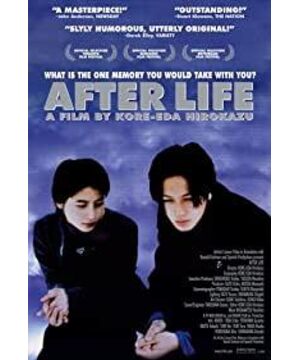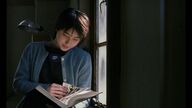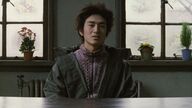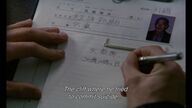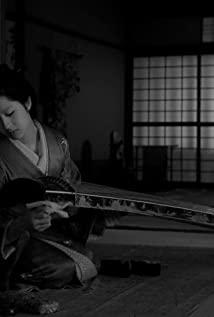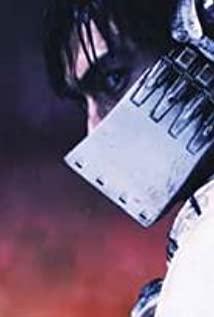It is Hirokazu Kore-eda that the film is very tense. The story is eloquent, and under the calm concentration is the flow of emotion, either gentle or agitated. Crying is a common occurrence. It is the characters under the lens of Hirokazu Koreeda, regardless of gender, age, background, and they are more or less serious and cute.
This is a film with a strong fantasy color that builds multiple fictional dimensions. The first imaginary is for this institution that is tirelessly sending people to their deaths. Through the narration of the characters, we know that there is not only one such organization, but there are also systems such as seniority sequence, job rotation, resignation, and entry. The second layer of fiction comes from agency employees, suppliers, and memory holders. All are meticulously involved in the "rebuilding memory" process, and every detail needs to be taken into account. Whether it’s a test scene for discussion or rehearsal, or the final filming scene of a memory film, it must be realistic and natural, and at the same time satisfy the memory holder. The reconstructed scene is a real reproduction of the memory at that time, and the final film is a double reproduction of the memory and the reconstructed scene at that time. And all of this is based on the first fiction, the existence of institutions.
This film is somewhat similar to the British film "The Lobster". Of course in The Lobster, the requirements are slightly different. Candidates need to find a "human companion" within forty-five days, and it's hard to say which one is easier to do.
The tension of the film comes not only from the extremely "ordinary" emotional line drawing in the contrast of the simple scenes, but also from the steady sense of ritual in the story. Whether it is the routine good morning, cleaning and leadership speech every Monday morning; the arriving deceased will receive the number, wait, call, and interview in sequence; or the dinner after the film; and finally the funeral procession in black and white. Finally, organize the relics of the deceased, recycle emotional fragments, and welcome the new week.
The details of Japanese films are seen all over the world. The office, the bedroom scenes of several characters, the logo composed of two half-open rings (symbolizing the connection between the living and the dead), the neat seats in the theater, the monotonous dormitory corridor, and the suspected moon, In fact, it's just that the skylights embedded with round glass are covered to varying degrees... Only a dedicated and professional production, scene art and photography team can shoot such a film with such texture and emotional depth. Only a team of the same level can highly restore the most precious part of the memory of the deceased.
An agency employee who had been dead for 50 years dealt with the funeral of his ex-girlfriend's husband, read the letter left to him by his girlfriend's husband, read the memory of his girlfriend's choice before her death, and found that the person in the memory was himself. Then I sat on the same park bench in my memory and held the same anxious gesture next to the female employee of the agency who liked me and said nothing. At the moment when the time and space overlapped, I was full of urine.
View more about After Life reviews


